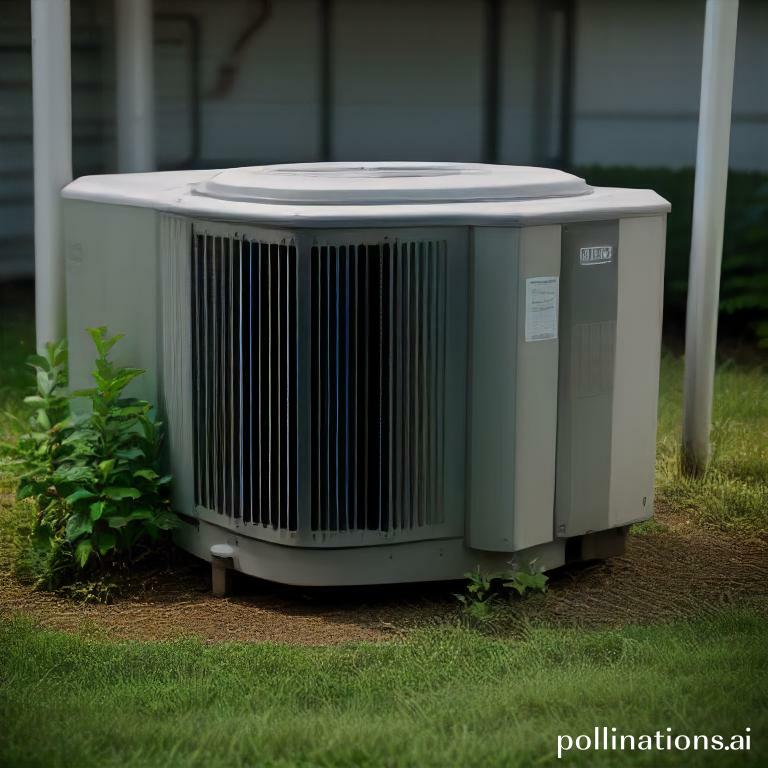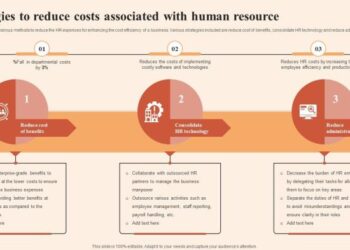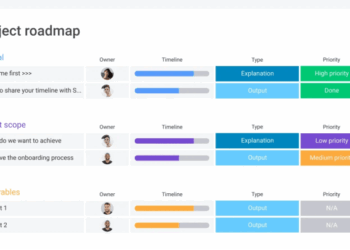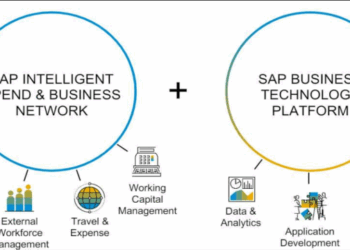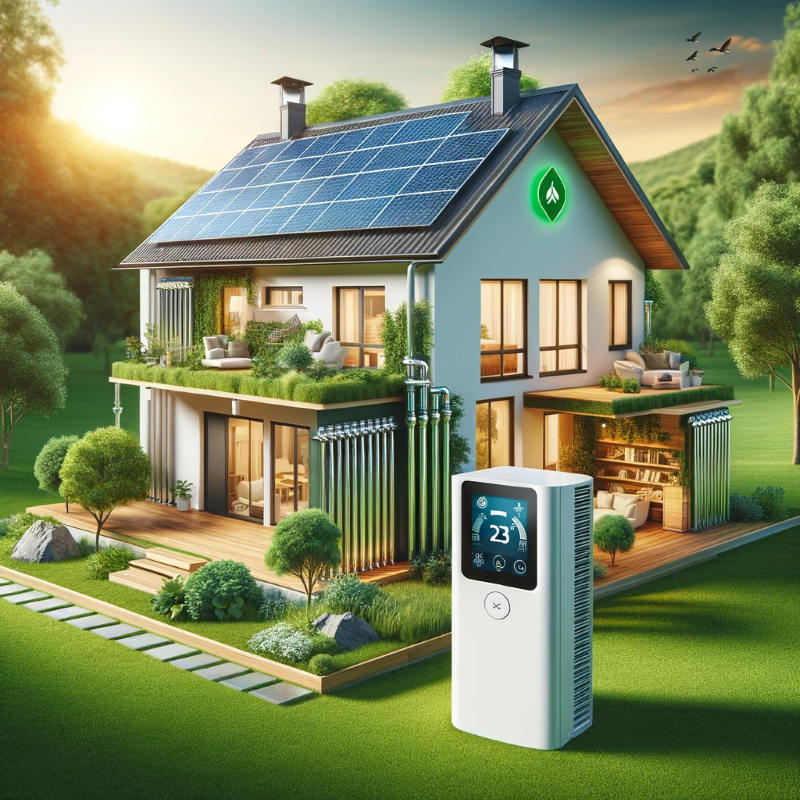Exploring the realm of Energy-Efficient HVAC Systems for Eco-Friendly Interiors, this introduction sets the stage for a fascinating journey into the world of sustainable living. The importance of eco-friendly HVAC systems cannot be understated, as they play a pivotal role in reducing our carbon footprint and promoting a greener environment.
By embracing energy-efficient technologies, we pave the way for a more sustainable future with healthier indoor spaces for all.
In the following paragraphs, we will delve deeper into the design considerations, benefits, and installation aspects of energy-efficient HVAC systems, offering valuable insights into this crucial topic.
Importance of Energy-Efficient HVAC Systems
Energy-efficient HVAC systems play a crucial role in creating eco-friendly interiors by significantly reducing energy consumption and promoting sustainability.
Impact on Reducing Carbon Footprint
Energy-efficient HVAC systems help in reducing the carbon footprint of buildings by optimizing energy use and minimizing greenhouse gas emissions. By utilizing advanced technologies and practices, these systems contribute to a greener environment.
Examples of Energy-Efficient HVAC Technologies
- Variable Refrigerant Flow (VRF) Systems: VRF systems are highly efficient as they allow for zoning, enabling precise temperature control in different areas of a building. This prevents energy wastage and improves overall energy efficiency.
- Geothermal Heat Pumps: Geothermal heat pumps utilize the stable temperature of the ground to heat and cool buildings, reducing the reliance on traditional energy sources. This technology is sustainable and environmentally friendly.
- Smart Thermostats: Smart thermostats learn the heating and cooling patterns of a building's occupants and adjust the HVAC system accordingly. By optimizing usage based on real-time data, smart thermostats help in conserving energy.
Design Considerations for Energy-Efficient HVAC Systems
Proper design plays a crucial role in ensuring the energy efficiency of HVAC systems. By incorporating specific elements and technologies, these systems can operate more efficiently, resulting in reduced energy consumption and environmental impact.
Key Design Elements for Energy-Efficient HVAC Systems
- High-Efficiency Equipment: Utilizing energy-efficient HVAC units, such as furnaces, air conditioners, and heat pumps, can significantly reduce energy consumption.
- Zoned Heating and Cooling: Dividing a building into zones allows for more precise temperature control, reducing the need to heat or cool unused areas.
- Variable Speed Drives: Adjustable speed drives in HVAC equipment help optimize energy usage by adjusting the speed of the system components based on demand.
- Proper Sizing: Ensuring that HVAC equipment is correctly sized for the space it serves prevents energy waste and improves overall system performance.
Role of Proper Insulation in HVAC Efficiency
Proper insulation is essential for maintaining the efficiency of HVAC systems. Well-insulated buildings retain heat in the winter and cool air in the summer, reducing the workload on heating and cooling equipment. This results in lower energy consumption and decreased utility costs.
Smart Thermostats for Energy Optimization
Utilizing smart thermostats can help optimize energy usage in HVAC systems. These devices can learn occupants' schedules and preferences, adjusting temperature settings accordingly to minimize energy waste. Additionally, remote access features enable users to control their HVAC systems efficiently, further enhancing energy efficiency.
Benefits of Energy-Efficient HVAC Systems
Energy-efficient HVAC systems offer a range of benefits that go beyond just saving energy. Let's explore some of the key advantages of these systems.
Cost Savings
Energy-efficient HVAC systems are designed to consume less energy while still providing optimal heating and cooling
. This results in significant cost savings for homeowners and businesses alike. By reducing energy consumption, these systems help lower utility bills, making them a cost-effective choice in the long run.
Environmental Benefits
Compared to traditional HVAC systems, energy-efficient models have a lower carbon footprint due to their reduced energy consumption. This means that they contribute less to greenhouse gas emissions, helping to mitigate climate change. By choosing energy-efficient HVAC systems, individuals and organizations can play a part in protecting the environment for future generations.
Improved Indoor Air Quality
Energy-efficient HVAC systems often come with advanced filtration systems that can effectively remove dust, allergens, and other pollutants from the air. By maintaining cleaner indoor air quality, these systems help create a healthier and more comfortable living or working environment.
This is especially beneficial for individuals with respiratory issues or allergies, as it reduces the risk of indoor air pollution-related health problems.
Installation and Maintenance of Energy-Efficient HVAC Systems
Proper installation and regular maintenance are crucial for the efficiency and longevity of energy-efficient HVAC systems. Ensuring these steps are done correctly can help homeowners maximize the benefits of their eco-friendly interiors.
Best Practices for Installation of Energy-Efficient HVAC Systems
- Choose the right-sized system: Ensuring the HVAC system is properly sized for the space it will be cooling or heating is essential for optimal performance.
- Seal ductwork: Properly sealing ducts can prevent air leaks and improve the overall efficiency of the system.
- Optimize airflow: Proper airflow is crucial for the system to operate efficiently, so make sure vents are unobstructed and air filters are clean.
- Positioning of outdoor units: Placing outdoor units in shaded areas can help improve efficiency by reducing the workload on the system.
Importance of Regular Maintenance
Regular maintenance is key to ensuring energy-efficient HVAC systems continue to perform at their best. Here are some reasons why maintenance is important:
- Prevent breakdowns: Regular maintenance can help identify and address potential issues before they turn into major breakdowns.
- Maximize efficiency: Keeping the system clean and well-maintained can help it operate at peak efficiency, reducing energy consumption.
- Prolong lifespan: Proper maintenance can extend the lifespan of the HVAC system, saving homeowners money on early replacements.
Tips for Homeowners to Maximize Performance
- Change air filters regularly: Dirty air filters can restrict airflow and reduce efficiency, so make sure to replace them as recommended by the manufacturer.
- Adjust thermostat settings: Programming the thermostat to match the homeowners' schedule can help optimize energy usage and reduce unnecessary heating or cooling.
- Schedule professional inspections: Regular HVAC inspections by professionals can help identify any issues early on and ensure the system is running smoothly.
- Keep outdoor units clear: Regularly check outdoor units for debris or obstructions that could hinder airflow and reduce efficiency.
Final Wrap-Up
In conclusion, Energy-Efficient HVAC Systems for Eco-Friendly Interiors are not just a trend, but a necessity in today's world. By incorporating these systems into our homes and buildings, we not only save on costs but also contribute significantly to environmental conservation.
Let's continue to prioritize sustainability and make a positive impact on our planet through energy-efficient choices.
General Inquiries
How do energy-efficient HVAC systems contribute to reducing carbon footprint?
Energy-efficient HVAC systems consume less energy, resulting in lower greenhouse gas emissions and thus reducing the overall carbon footprint of a building or home.
What are some key design elements that make HVAC systems energy-efficient?
Proper sizing, efficient ductwork, and high-efficiency components such as variable speed motors are essential design elements that contribute to the energy efficiency of HVAC systems.
How do energy-efficient HVAC systems improve indoor air quality?
Energy-efficient systems often come with advanced filtration and ventilation features, ensuring cleaner air circulation and improved indoor air quality for occupants.

